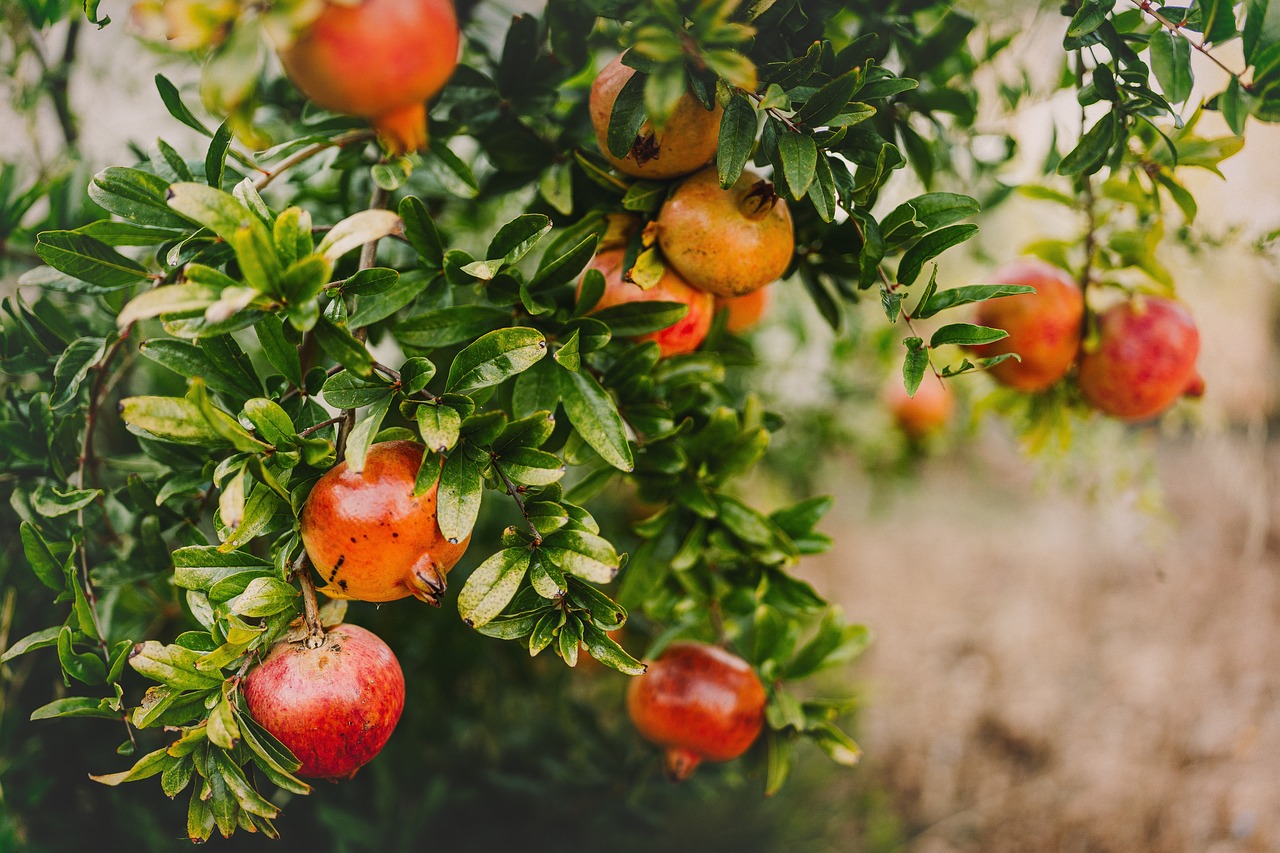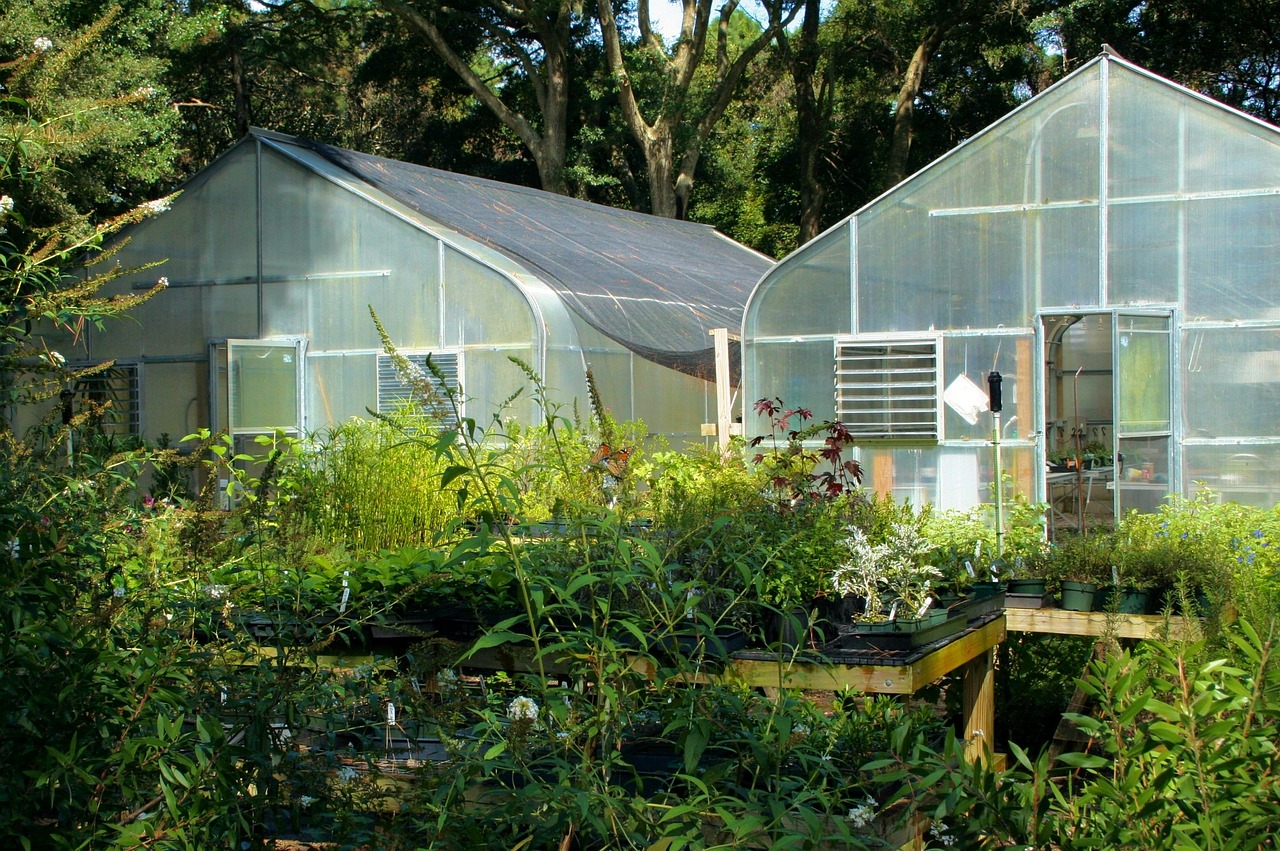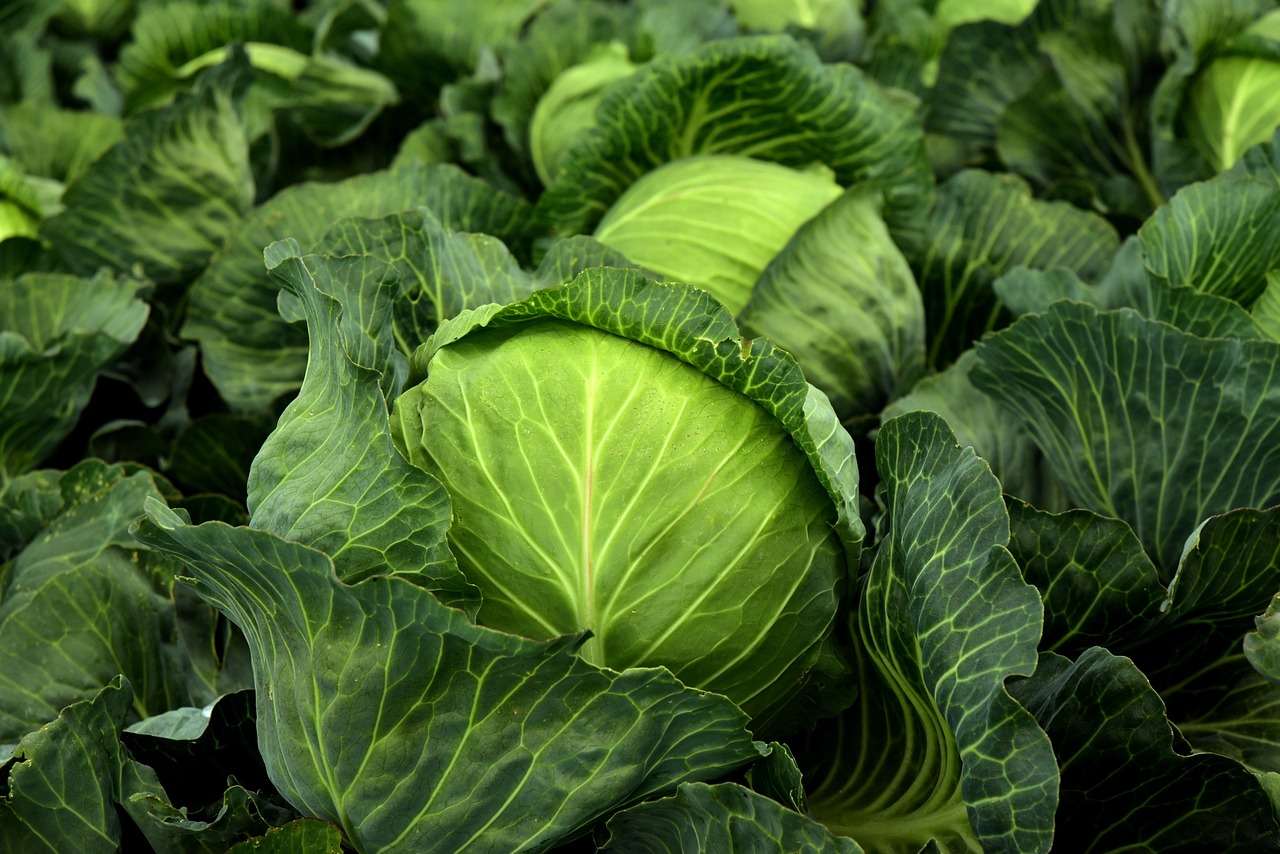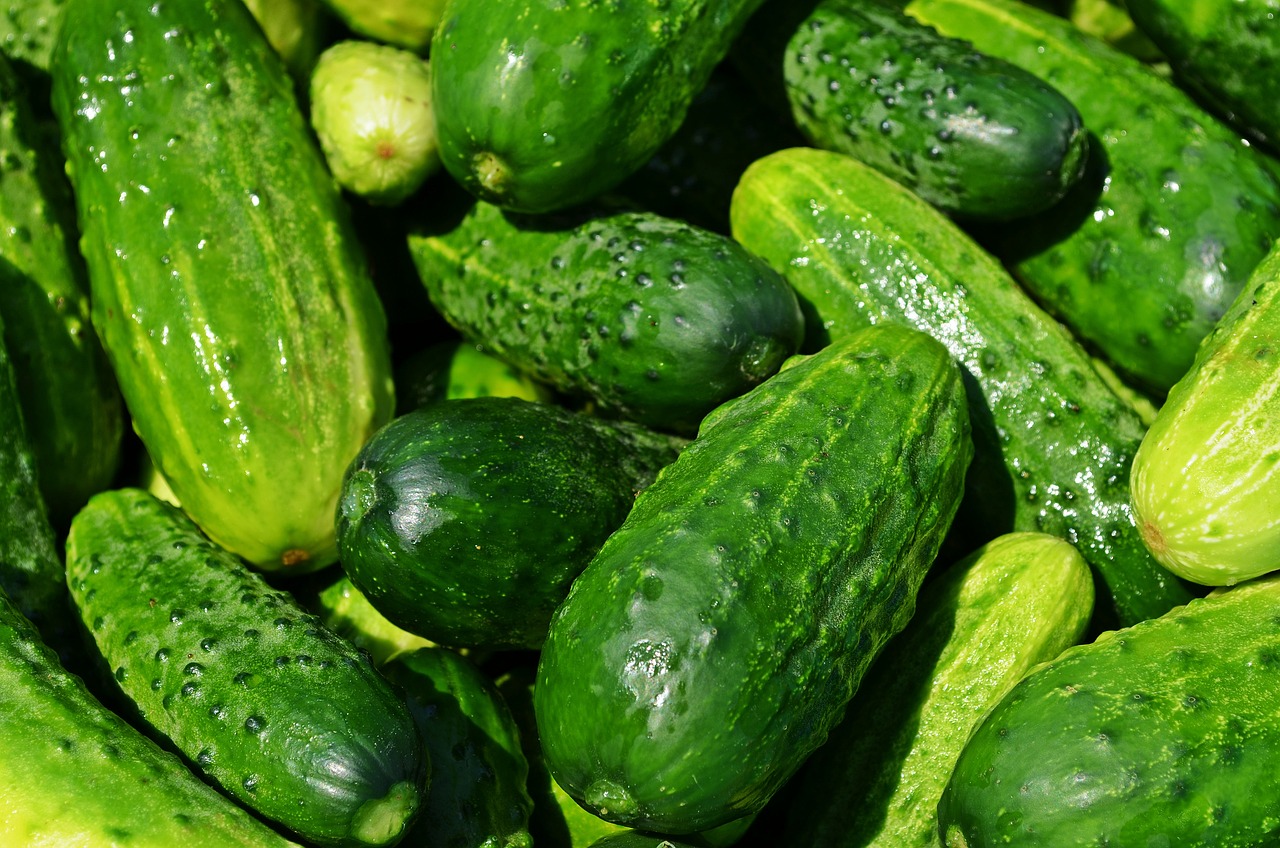Are you tired of having bulky fruit trees taking up too much space in your garden? Have you ever considered espalier?
It’s an ancient horticultural technique that involves training fruit trees to grow along a wall or trellis, creating a beautiful and space-saving design.
Espalier is not only practical, but it’s also an art form. By using creative pruning techniques, you can shape your fruit trees into intricate patterns and designs, adding a unique touch to your garden.
Plus, by keeping your trees confined to a specific area, you can increase their yield and make harvesting easier.
So, let’s dive into the art of espalier and learn how to train your fruit trees for space-saving beauty.
What is Espalier and How Does it Work?
So, what’s the deal with espalier? How does this nifty technique turn fruit trees into space-saving works of art?
Espalier is a French term that means ‘to train a plant to grow flat against a wall or trellis.’ It’s an ancient horticultural practice that dates back to the Roman Empire, but it was popularized during the 17th century in Europe.
Espalier has a rich history and cultural significance. In ancient times, it was a way to grow fruit trees in limited space, such as in small gardens or courtyards. It was also a way to provide a source of food for the wealthy, who could afford to have their fruit trees trained in intricate designs.
Today, espalier is still used as a space-saving technique, but it’s also appreciated for its aesthetic value. It’s a beautiful way to display fruit trees, and it allows gardeners to create living art in their yards.
Benefits of Espalier for Fruit Trees and Your Garden
By shaping your fruit trees in this way, you’ll maximize your garden’s potential while also enjoying a bountiful harvest. Espaliered fruit trees take up less space than traditional orchard trees and can be trained to grow against a wall or fence, making them perfect for small gardens.
This gardening technique not only saves space but also enhances the aesthetic appeal of your garden. Espaliered trees can be shaped into intricate patterns, adding an artistic element to your yard.
Espaliered fruit trees also offer practical benefits. By training your trees to grow flat against a surface, you’ll be able to easily access the fruit without having to climb a ladder. This makes pruning, fertilizing, and harvesting much more manageable.
Additionally, espaliered trees tend to produce more fruit than traditional trees because they receive more sunlight and have better air circulation. So, if you’re looking for gardening tips that will optimize your space and maximize your harvest, espaliered fruit trees are definitely worth considering.
Techniques for Creating Stunning Espalier Designs
Get creative with your garden design by using the technique of espalier to sculpt your fruit trees into beautiful and functional shapes.
There are several pruning methods to choose from when creating your espalier design, including the cordon, fan, and lattice styles. The cordon style involves training the tree to grow along a single horizontal line, while the fan style has the branches fanning out from a central point. The lattice style involves weaving the branches through a trellis to create a grid-like pattern.
Once you have chosen your pruning method, it’s time to get creative with your designs.
Some popular designs include the diamond, Belgian fence, and tiered espaliers. The diamond design involves creating a series of V-shapes, while the Belgian fence has a series of diagonal branches that create a zig-zag pattern. The tiered espalier is a multi-level design that involves training the branches to grow at different heights.
With a little creativity and pruning, you can turn your fruit trees into stunning works of art that also provide a bountiful harvest.
Choosing the Right Fruit Tree for Espalier
Choosing the right fruit tree for this technique is crucial for achieving a successful and productive garden. Consider dwarf varieties as they’re perfect for espalier designs due to their compact size and pliability. Dwarf fruit trees are also easier to maintain as they require less pruning and can be grown in smaller containers.
When choosing your fruit tree for espalier, also consider the soil requirements. Fruit trees need well-draining soil with a pH level between 6.0 to 7.0 for optimal growth. Soil that’s too wet or too dry can lead to root rot or stunted growth. Therefore, it’s important to prepare the soil before planting and to ensure that it’s rich in organic matter.
With the right fruit tree and soil conditions, you can create a stunning and productive espalier garden.
Tips for Maintaining Your Espaliered Fruit Trees
Ensuring proper pruning techniques and regular fertilization can help maintain the health and productivity of your espaliered fruit trees. Pruning is essential in controlling the growth of your tree and keeping it within the desired shape. You should prune your tree annually, preferably during the dormant season, to remove any dead or diseased wood, water sprouts, and suckers. Make sure to cut back any branches that are growing too far out of the designated shape, and keep the overall size of the tree in check.
Regular fertilization is also important to keep your tree healthy and productive. Use a balanced fertilizer, and apply it according to the instructions provided.
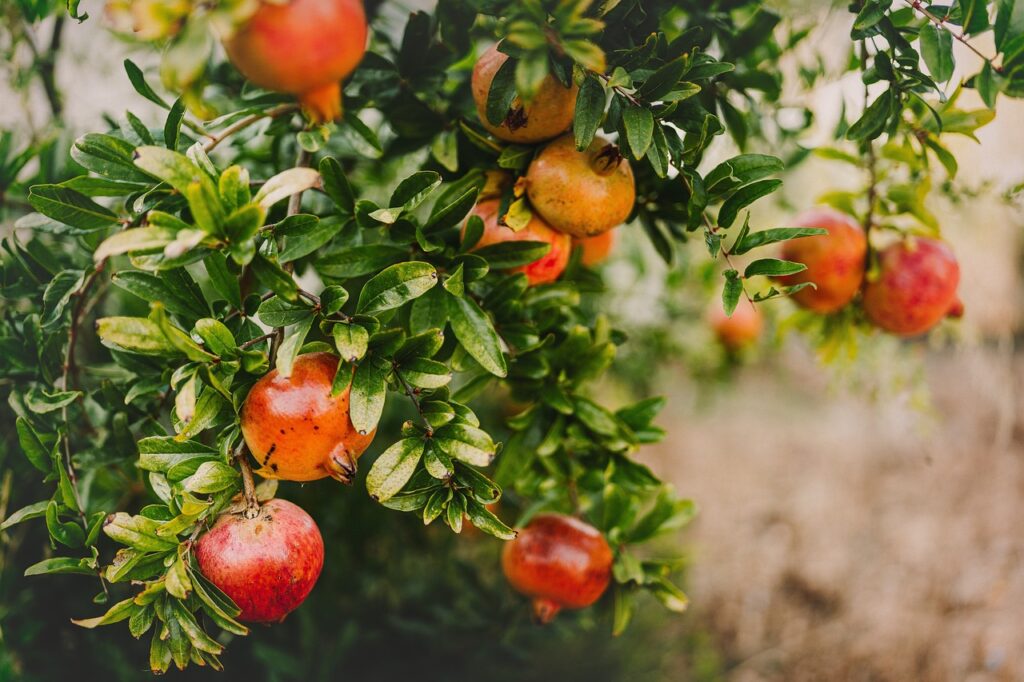
Pest control is another important aspect of maintaining your espaliered fruit trees. Regularly inspect your trees for any signs of pests or diseases, and take action immediately if you spot any. Use organic methods of pest control whenever possible, and avoid using harsh chemicals that can harm the environment. You can also use physical barriers such as netting to protect your tree from pests like birds or squirrels.
By following these tips, you can ensure that your espaliered fruit trees remain healthy and productive for years to come.
Frequently Asked Questions
Can espaliered trees be grown in containers or do they need to be planted in the ground?
You can definitely grow espaliered trees in containers, which is great for container gardening. The benefits of espaliered trees in small gardens include saving space and providing a beautiful, structured look.
How long does it take for a fruit tree to mature and produce fruit when grown in an espaliered form?
When growing an espaliered fruit tree, it can take 2-4 years for it to mature and produce fruit. Regular espaliered tree maintenance, such as pruning and training, can maximize fruit production and the benefits of espalier for small gardens.
Can any type of fruit tree be grown using the espalier technique, or are some more suitable than others?
Any fruit tree can be grown using the espalier technique, but some are more suitable than others. Understanding the benefits of espaliered fruit trees and techniques for espaliering different fruit varieties is important for success.
Is it possible to create an espaliered tree using multiple types of fruit trees, such as combining apple and pear trees?
Yes, you can combine fruit types in an espaliered tree, like apple and pear. The advantage is getting more fruit from one tree, but the disadvantage is different pruning needs. Use the best pruning techniques for each tree to maintain its shape and health.
Can espaliered fruit trees be grown in colder climates or is it only suitable for warmer regions?
You can grow espaliered fruit trees in colder climates by using appropriate growing techniques and pruning methods. Choose hardy varieties and provide winter protection to ensure success.
Conclusion
Congratulations! You’re now armed with the knowledge to create stunning espalier designs for your fruit trees. Not only does espalier save space in your garden, but it also creates a beautiful focal point.
Remember to choose the right fruit tree for your desired design and to use proper pruning techniques. With regular maintenance, your espaliered fruit trees will thrive and produce a bountiful harvest.
Incorporating espalier into your garden is not only practical but also aesthetically pleasing. Your friends and family will be impressed by your horticultural skills, and you can enjoy the fruits of your labor in more ways than one.
So, get out there and start training those fruit trees, and watch as your garden transforms into a beautiful work of art.






